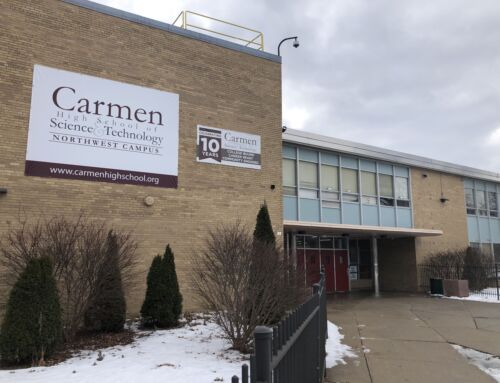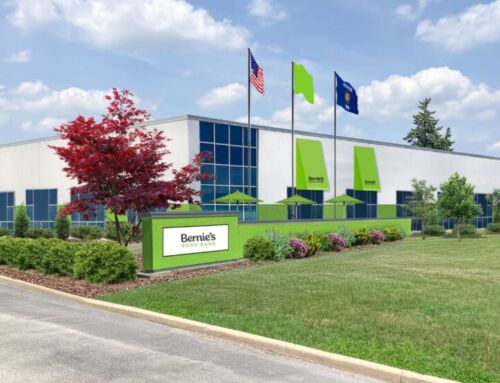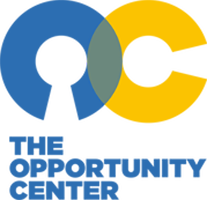
This means considering an overwhelming number of factors: zip code, income, race, age, employment, education…and that’s just scratching the surface.
In Milwaukee, we are witnessing a health crisis. Just look at the data.
- Milwaukee ranks 70th in health factors and outcomes out of 72 Wisconsin Counties.
- Milwaukee has a poverty rate of 25.4 percent, the highest in the state.
- Milwaukee Public Schools has a 69.1 percent graduation rate versus the 89 percent state average.
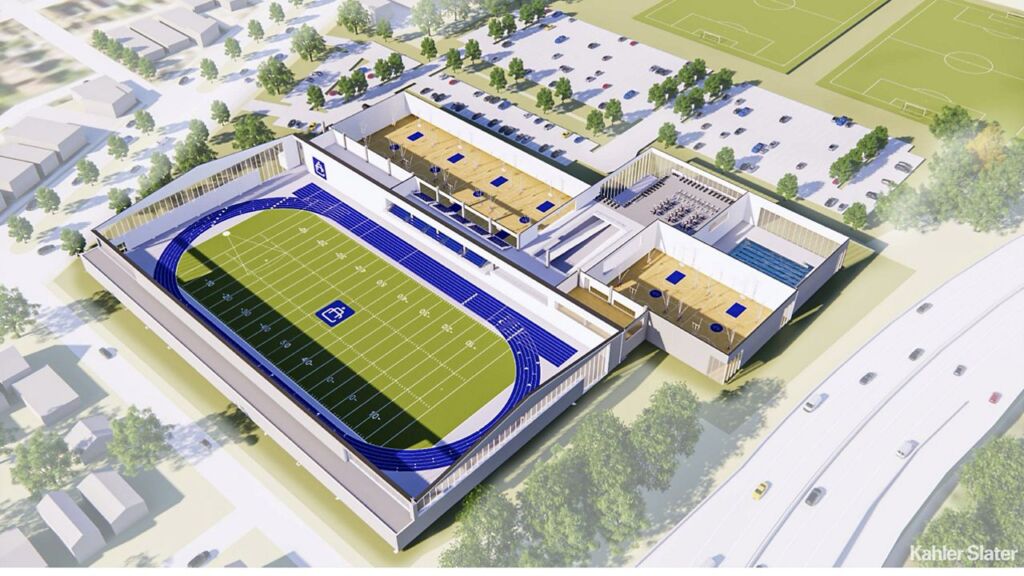
The faces behind the project
Still in the process of securing funds, this $150 million project stems from the shared vision of co-founders Damian Buchman and Frank Cumberbatch.
Buchman was diagnosed with bone cancer as a teenager and is a one-in-a-billion survivor. He understands first-hand that when you have a disability, the things you enjoy psychologically do not go away. In Buchman’s own life, this is court sports. He is the Founder and CEO of The Ability Center, an initiative launched in 2012 that provides individuals impacted by disabilities daily opportunities to be fit, active and healthy through play.
Buchman’s commitment to creating inclusive and accessible spaces in Milwaukee gained additional momentum when Cumberbatch expressed a similar vision.
Cumberbatch is the Vice President of Engagement at Bader Philanthropies. As a child, he lived in Trinidad. He begged his mom to let him pursue an education with the promise that he would help get his family out of poverty. Cumberbatch attended UW-Oshkosh and ran track and field as an asthmatic. Today, he can proudly say that he kept the promise that he made to his mom.
“Both of us are in this to give back to a world that has given to us,” said Buchman.
Buchman and Cumberbatch have made it their mission to create a community space that connects people from all backgrounds and abilities through recreational, social and wellness programming.
“It’s about giving a space where not only can they be included, but they can be a part of the collective community and vice versa,” said Buchman.
The two began drafting their plans for The Opportunity Center two weeks into the COVID-19 pandemic.
Intentional placement
In September 2021, Buchman and Cumberbatch acquired 22 acres of land in the Rufus King neighborhood. The urban, heavily populated location lies at what Buchman refers to as “ground zero” of segregation in the community.
“When bringing people together to play, now we organically create relationships that didn’t exist before,” he said.
Upon completion of two construction phases, the 300,000-square-foot facility will be equipped with indoor and outdoor competition-level facilities. The community can expect access to eight basketball courts, 16 volleyball courts, a 25-yard pool, an indoor 300-meter track with a 100-yard infield and much more.
While Buchman and Cumberbatch’s priority is community programming, The Opportunity Center is expected to be a popular hub of sports tourism. This highly profitable industry will bring new dollars into the state and city, driving down the cost for community members and eliminating barriers often associated with the pay-to-play youth sports model.
“If you’re going to be in a place where you can make an impact, this is the location to do it,” said Buchman.
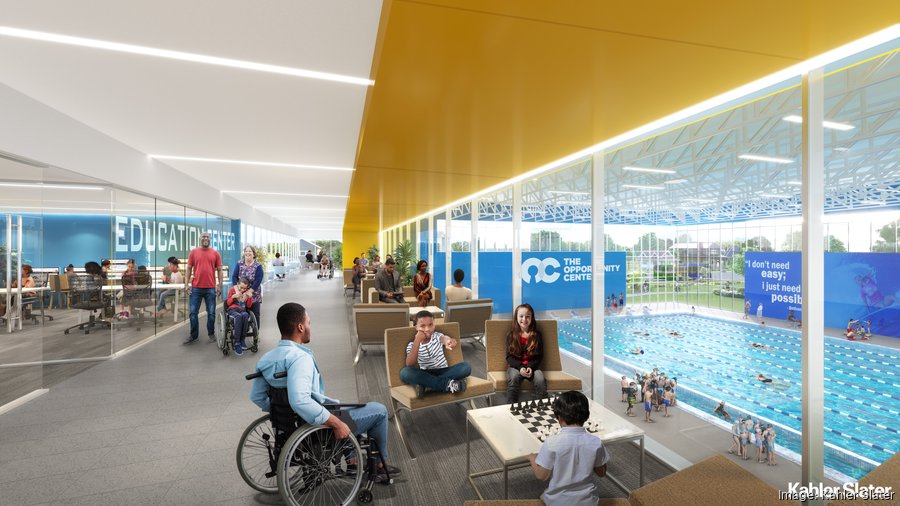 Collaboration is key
Collaboration is key
The Opportunity Center will utilize partnerships with other organizations to provide community programming.
From food drives and farmers markets to hosting Special Olympics events and sports recreation camps, The Opportunity Center gives organizations the chance to make a real difference in the lives of community members.
“It’s about meeting people where they’re at,” said Buchman.
To begin phase one of construction, Buchman and Cumberbatch must secure 75-80 percent of the funding. The project landed a $5 million grant thanks to Bader Philanthropies and a $30 million ask is sitting in front of the state legislature. However, it will take substantial effort from corporate and philanthropic organizations to lift this project off the ground.
“One of the questions we’ve got to ask ourselves is what is the cost if we don’t do this?” said Buchman.

